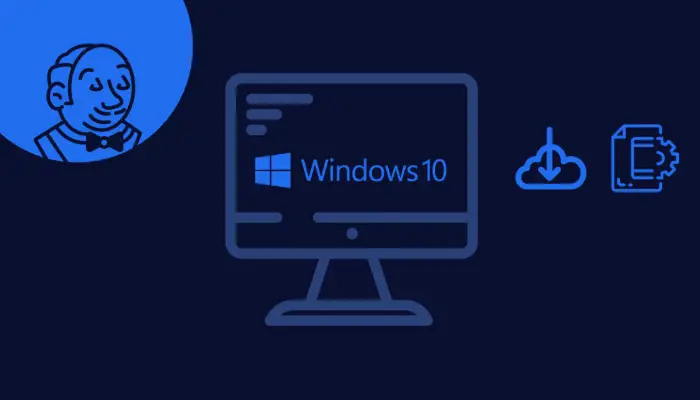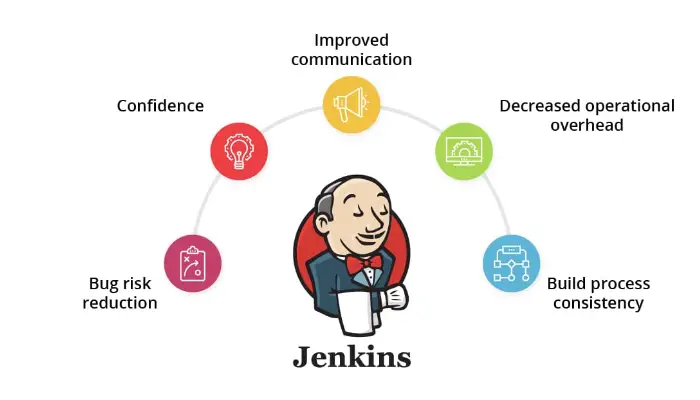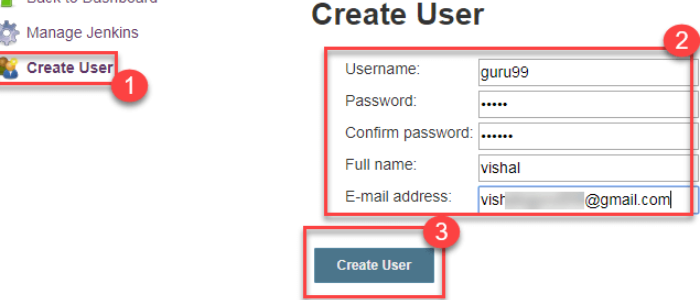Currently, there is global growth in the technology industry. Numerous enterprises start up every day. They understand the enormous advantages that continuous integration (CI) and DevOps will provide in terms of speed and agility. Also, there has been a steady rise in demand for these skills over the past few years. However, the most popular Continuous Integration tool is called Jenkins. You may wonder why it is so popular and how to set the Jenkins default password and log in.
Log in to Jenkins master using your existing password to change your password for Jenkins. However, the default username and password for Jenkins are “admin” and “password,” respectively, and are filled up automatically upon installation. You may now input a new password by selecting the admin option, choosing to customize, then finding and clicking the “password” option.
This process was simple, right? And to make it easier, I have penned down several steps to log in and set the default password in Jenkins as an environment variable. However, if you still have trouble logging in, you should continue reading as we will go deeper into the subject. Also, Click here for 192.168.8.1 Admin Login, Username & Password.
How Does Jenkins Function?
Apache Tomcat is a tool that can run on Windows, Linux, macOS, and Unix, but it requires a web server like Apache Tomcat to function.
To utilize Jenkins, you must first create pipelines, a collection of operations that a Jenkins server will carry out. Although, Jenkins Continuous Integration Pipeline is a powerful system that combines several tools for hosting, monitoring, compiling, and testing code or code updates, including:
- Server for Continuous Integration (Jenkins, Bamboo, CruiseControl, TeamCity, and others)
- Source Control Software (e.g., CVS, SVN, GIT, Mercurial, Perforce, ClearCase, and others)
- Make a tool (Make, ANT, Maven, Ivy, Gradle, and others)
- Automated testing framework (e.g., Selenium, Appium, TestComplete, UFT, and others)
See Also: Graphic Output On A Page- On Zebra Printers Default Password
Uses Of Jenkins
To explore more about the Jenkins default password, let us know some basic uses of Jenkins:
- Jenkins decreases the effort involved with repetitive coding.
- Combining Different Jobs.
- Utilizing Slack to synchronize.
- An Easy Auditing Process.
- Also, get more support for data in project management.
See Also: How To Perform Asus RT-N66U Setup | Complete Guide
What Features Does Jenkins Have?
The following are some of Jenkins’ essential characteristics:
- It is an open-source automation tool that is free to use.
- There are several plugins available through Jenkins.
- It is simple to set up and install on many operating systems.
- Also, it offers pipeline assistance.
- Rapid release cycles.
- Simple improvements.
How Can I Access Jenkins As The Administrator?
Jenkins login shell is set to /bin/false, and the account is created without a password. Admin is the default login; the default password will be automatically entered when you install it on your local system. If you switch the shell to /bin/bash, you should be able to log in to Jenkins without entering a password by using pseudo su – Jenkins.
Jenkins requires a secret first admin password to be entered and unlocked for the first time. After all, the initial admin password file, which you can find in your Jenkins home directory, is where this password is kept. Read this article for 192.168.1.2 IP Login Guide, Username & Password.
See Also: Fiberhome AN5506-04-FA Router Access Panel & Password Guide
Reset Jenkins Admin’s Password
Read further to know how to reset Jenkins default password (admin) by following the steps mentioned below:
- Click the Admin button.
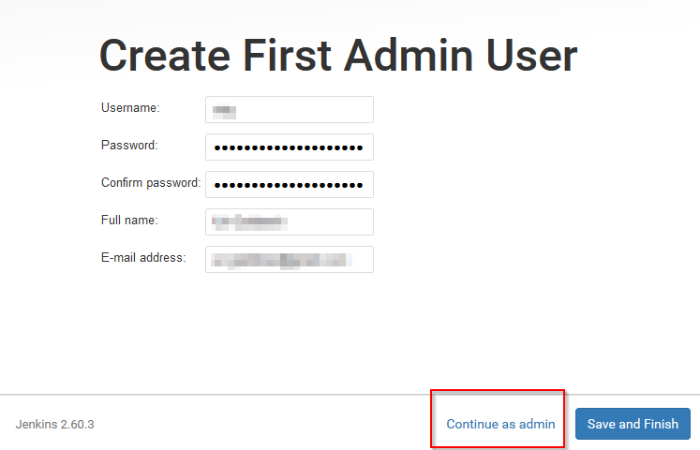
- Get rid of the user account.
- Go to Jenkins / Manage Jenkins to get started.
- Select Configure Global Security from the drop-down menu.
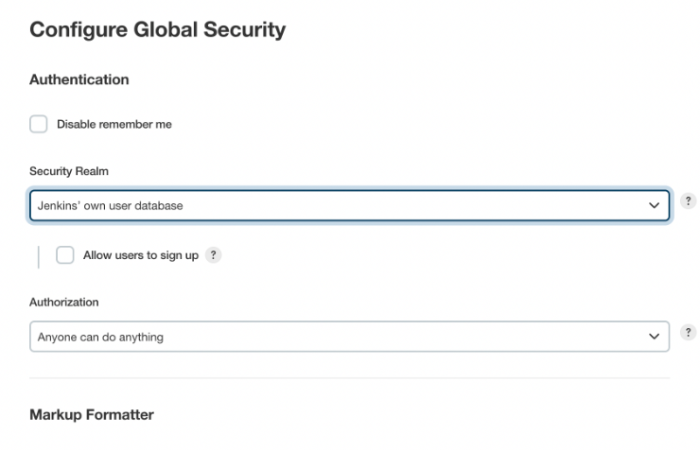
- Then, select the Enable Security option.
- Select Jenkins’ user database from the Security Realm drop-down menu.
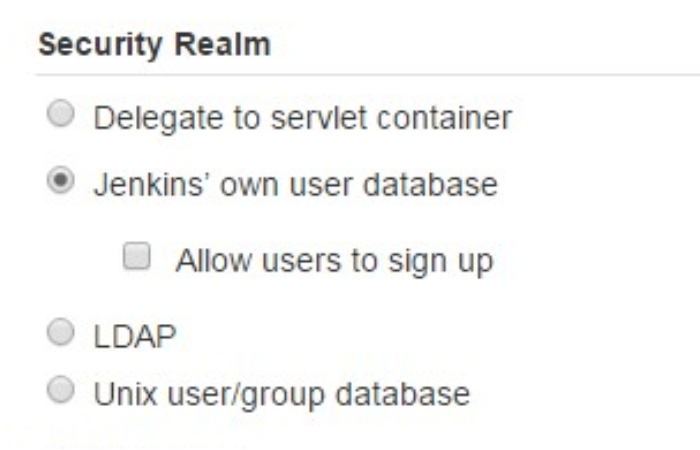
- Choose Logged-in users can accomplish anything in the Authorization area.
- Uncheck the Allow anonymous read access checkbox.
- By selecting the Save option, you may save your modifications. Click here for 192.168.1.10 IP Login Guide, Username & Password.
See Also: 192.168.1.3 Admin Login, User, Password & IP
Create A New Jenkins Admin User
The procedures for creating a new user in Jenkins are as follows:
Log In To Jenkins Dashboard
-
- Go to http://localhost:8080/ to access your Jenkins dashboard.
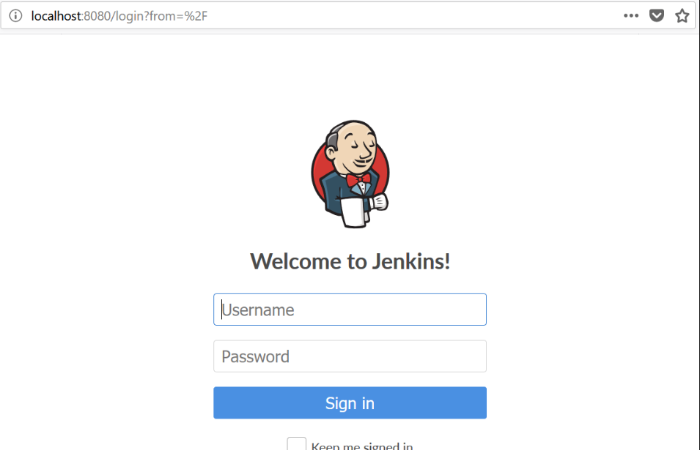
- If you still need to install Jenkins on your local server, navigate to the relevant URL and log in.
- Then, enter your login credentials to view your Jenkins dashboard. What Is PathPing? What Can You Do With It? Read this article to learn.
- Go to http://localhost:8080/ to access your Jenkins dashboard.
See Also: 192.168.1.4 Admin Login, User, Password & IP
Establish A New User
A New User Is Made
In addition to a new user on the dashboard, you will notice that a new Jenkins create user has been created based on the information you submitted.
Jenkins Plugins
- After its installation, Jenkins allows you to either accept the pre-selected list of plugins or select your own.
- When you have chosen your initial set of plugins, click the Install button to add them to Jenkins.
- The Jenkins main interface provides access to add new things (jobs), manage users, see build history, manage Jenkins, check out your custom views, manage your credentials and display the build queue and Executor status as they now stand.
- You can include any of the six job kinds and a folder for organizing items in a new Jenkins item.
- There are 18 actions on the Manage Jenkins page, one of which is launching a command-line interface. Now, however, try to improve and examine pipelines frequently. Read this article for 192.168.86.1 Admin Login, Username And Password.
See Also: 192.168.1.1 Admin Login, Username & Password
FAQs
Who is the target audience for this technology?
This solution for automating the building process would be ideal for anyone in a DevOps capacity. The workings of this tool and how we may customize the build creation process must be understood by rookie web developers interested in a career in DevOps.
Who is Jenkins, and what is their password?
Admin is the default login, and the password is automatically entered when you install Jenkins on your local system.
In Jenkins, where can I locate global credentials?
Ensure you are signed into Jenkins as a user with the Credentials > Create access to the extent necessary. Click Credentials > System on the left of the Jenkins dashboard (the main page in the Jenkins traditional UI). To access this default domain, go to the system and select the link labeled Global credentials (unrestricted).
Is Jenkins a tool or a server?
An open-source automation server is called Jenkins. It is a system that operates on servers and uses servlet containers, such as Apache Tomcat. It makes continuous integration and delivery possible by automating the software development processes of developing, testing, and deploying.
See Also: 192.168.1.18 Admin Login, Username & Password
Conclusion
To sum up, the Jenkins default password and username are the subject of the whole article. In addition, the article uses straightforward, simple-to-read language to describe the procedure. Each lengthy step procedure has also been split into smaller ones. This post addresses the Jenkins server default password issue, allowing you to log in by following a few simple steps. I wish you luck getting past the default password for Jenkins on Openshift with the aid of this post. Above all, If you continue to experience issues, it is essential to speak with a professional who is knowledgeable about the topic at hand. You may also always get in touch with Jenkins’ customer support team. Also, click here for 192.168.11.1 IP Login Guide, Username & Password.

Senior Editor, RouterLogin.one. 15,000 cat photos and counting. Also, have been testing and writing about tech since the dawn of time.


